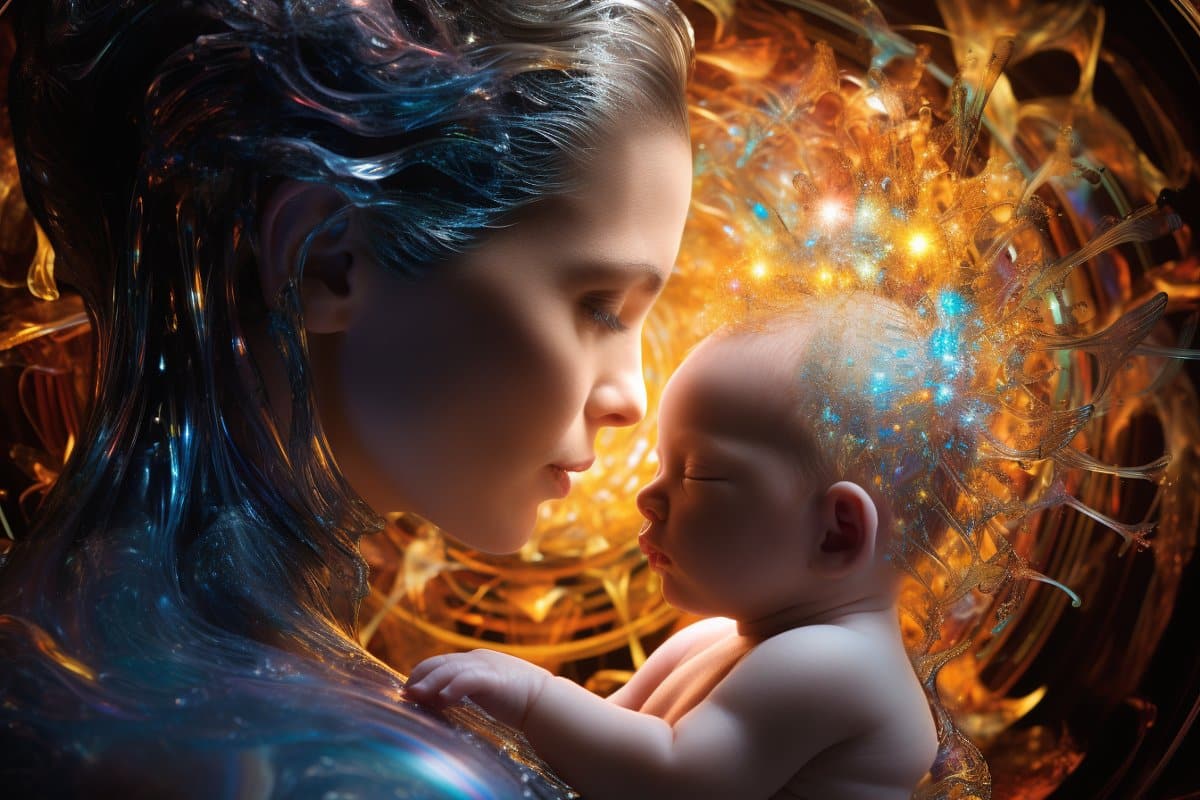Researchers are proposing an innovative approach to assist in identifying when consciousness begins to emerge in human infants, addressing a longstanding challenge in psychology and philosophy. The question of when consciousness develops in humans has puzzled scholars for centuries. Even René Descartes, the seventeenth-century French philosopher, grappled with this issue, suggesting that infants might possess simpler thoughts compared to adults.

In response to a recent article in Trends in Cognitive Sciences, two academics from the University of Birmingham have put forward a novel method to aid scientists and researchers in determining when babies start to become conscious.
Dr. Henry Taylor, Associate Professor of Philosophy, and Professor Andrew Bremner, Professor of Developmental Psychology, propose an approach that involves identifying markers of consciousness in adults and then observing when babies begin to exhibit a higher number of these markers during development.
Dr. Taylor explains, “For instance, if we observe a specific behavior or pattern of brain activation consistently associated with consciousness in adults, we can infer that consciousness emerges in babies when they start displaying similar behaviors or brain activity.” These observed behaviors or brain activations serve as “markers” of consciousness.
This method is crucial because infants, unlike adults, cannot communicate their experiences verbally. Professor Bremner notes, “Determining when babies become conscious is challenging because they cannot articulate their experiences, and conducting experiments with infants can be difficult due to their limited cooperation. Therefore, identifying a range of markers of consciousness that appear in both early and late development stages could provide valuable insights into when consciousness begins to emerge.”
Professor Bremner and Dr. Taylor argue that this overlooks other markers of consciousness identified in previous research. These additional markers include behaviors such as pointing to draw attention to an object, intentional control of actions to achieve specific goals, and explicit memory demonstrated through deferred imitation of actions.
Dr. Taylor highlights the complexity of the issue, stating, “Different markers of consciousness suggest varying ages for its emergence. While some markers indicate emergence during the third trimester of pregnancy or early infancy, others suggest it might occur around one year of age, and some markers only appear at around 3-4 years.”
Professor Bremner concludes, “We advocate for a comprehensive approach that considers markers emerging at different stages of development. It’s possible that certain markers cluster together in early development, while others emerge later. Additionally, there may be a continuous and gradual emergence of certain markers throughout gestation and early life.”
Leave a Reply